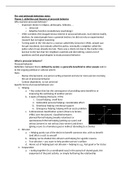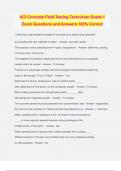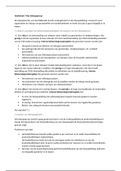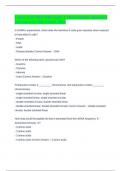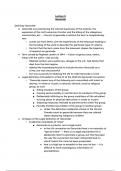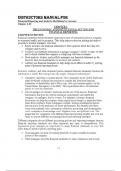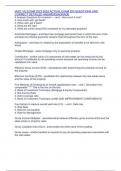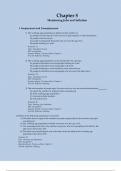College aantekeningen
College aantekeningen Ontwikkeling van pro en antisociaal gedrag (SOW-PSB2SP70E)
- Instelling
- Radboud Universiteit Nijmegen (RU)
College aantekeningen Ontwikkeling van pro en antisociaal gedrag, oftewel Pro- and Antisocial Behaviour, geschreven in het Engels tijdens het collegejaar 2021/2022
[Meer zien]
